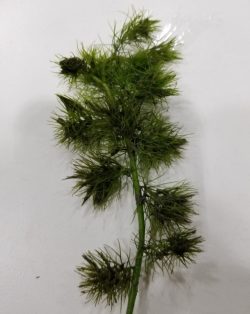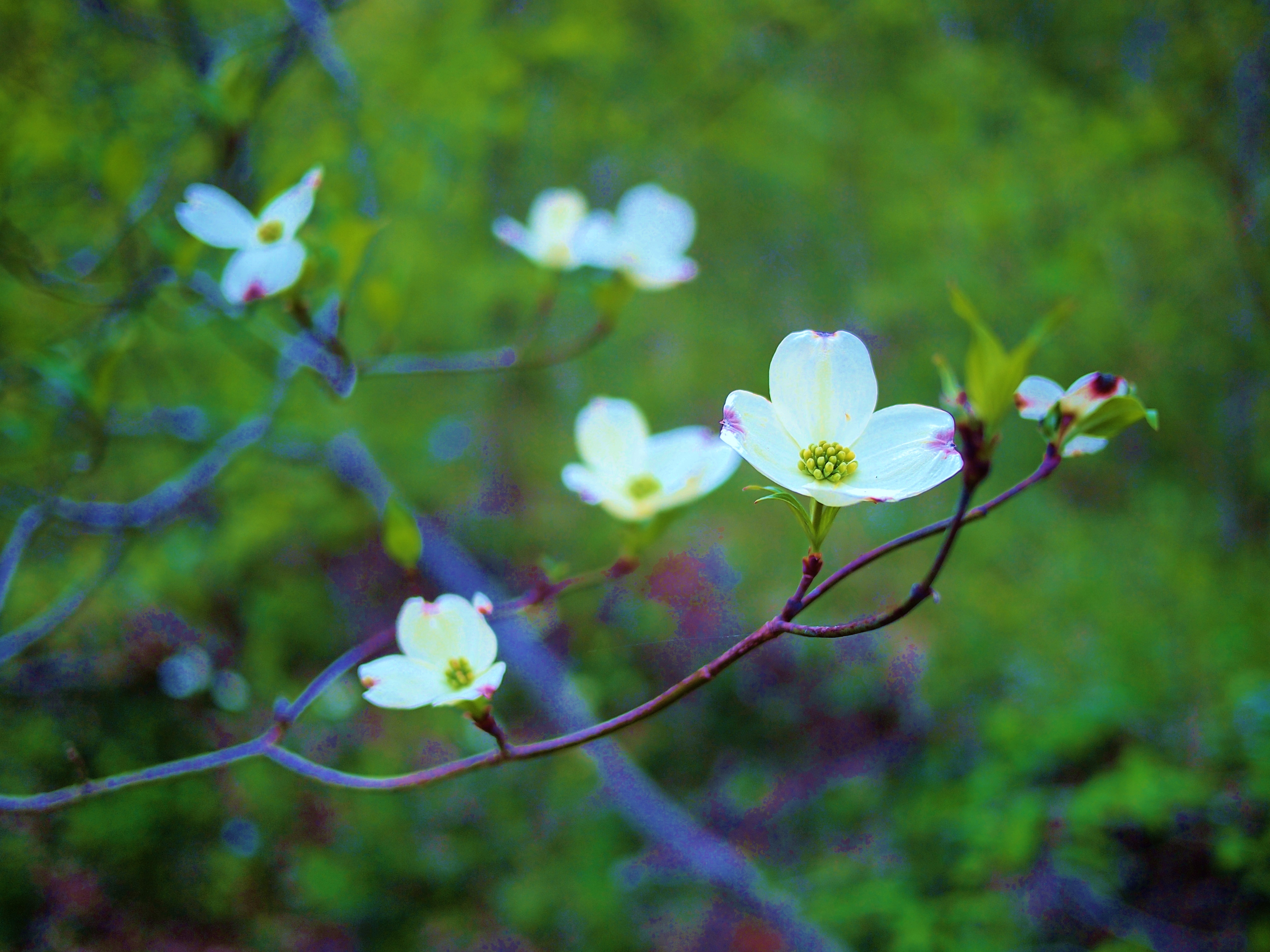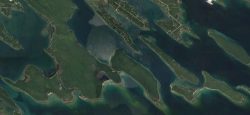Along a 12-mile stretch of Lake Huron’s northern coast lies a small group of 36 islands known as the Les Cheneaux Islands (LCI). Like many other inland and Great Lakes of the Midwest, invasive aquatic species have taken root in the area. Since implementing a native milfoil weevil management program in 2007, EnviroScience biologists have been monitoring changes to the plant community in the areas directly related to the milfoil weevil and its impact on the invasive Eurasian watermilfoil.
The Eurasian Watermilfoil Problem
By the mid-2000s, the Eurasian watermilfoil (Myriophyllum spicatum) had been discovered in Cedarville Bay. The Les Cheneaux Watershed Council evaluated several management techniques and decided on a more natural, long-term approach. The native milfoil weevil (Euhrychiopsis lecontei) was augmented to an indigenous population in several bays of the LCI. This aquatic insect is a specialist herbivore on Eurasian watermilfoil and was used as a management technique called Milfoil Solutions®. The milfoil weevil decreases dense stands of Eurasian watermilfoil by disrupting gas exchange and vital nutrients needed for stems to successfully overwinter. The purpose of the management approach is to allow more desirable native species an opportunity to compete with weakened milfoil.
Aquatic Surveys and New Discoveries
In 2013, EnviroScience started compiling a complete inventory of submersed and emergent aquatic plant species throughout LCI and have been doing so every year since. More than 50 native macrophyte species and five exotic, invasive species have been identified.
 An exciting discovery was made during the 2018 survey when a new aquatic plant species was identified. One stem of Lake Cress (Rorippa aquatica) was found in Government Bay on August 21st. This rare species is listed on the State of Michigan’s Threatened Species list and was last recorded in Mackinac County in 1975! An update has been sent to Michigan Natural Feature Inventory, MSU Extension along with pictures and GPS coordinates to the Michigan Department of Natural Resources.
An exciting discovery was made during the 2018 survey when a new aquatic plant species was identified. One stem of Lake Cress (Rorippa aquatica) was found in Government Bay on August 21st. This rare species is listed on the State of Michigan’s Threatened Species list and was last recorded in Mackinac County in 1975! An update has been sent to Michigan Natural Feature Inventory, MSU Extension along with pictures and GPS coordinates to the Michigan Department of Natural Resources.



